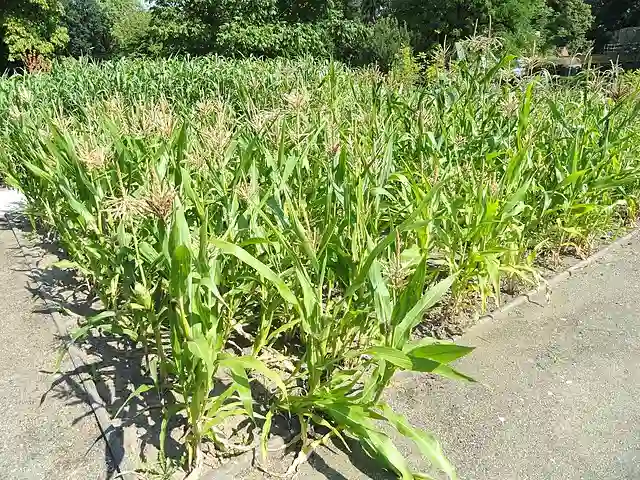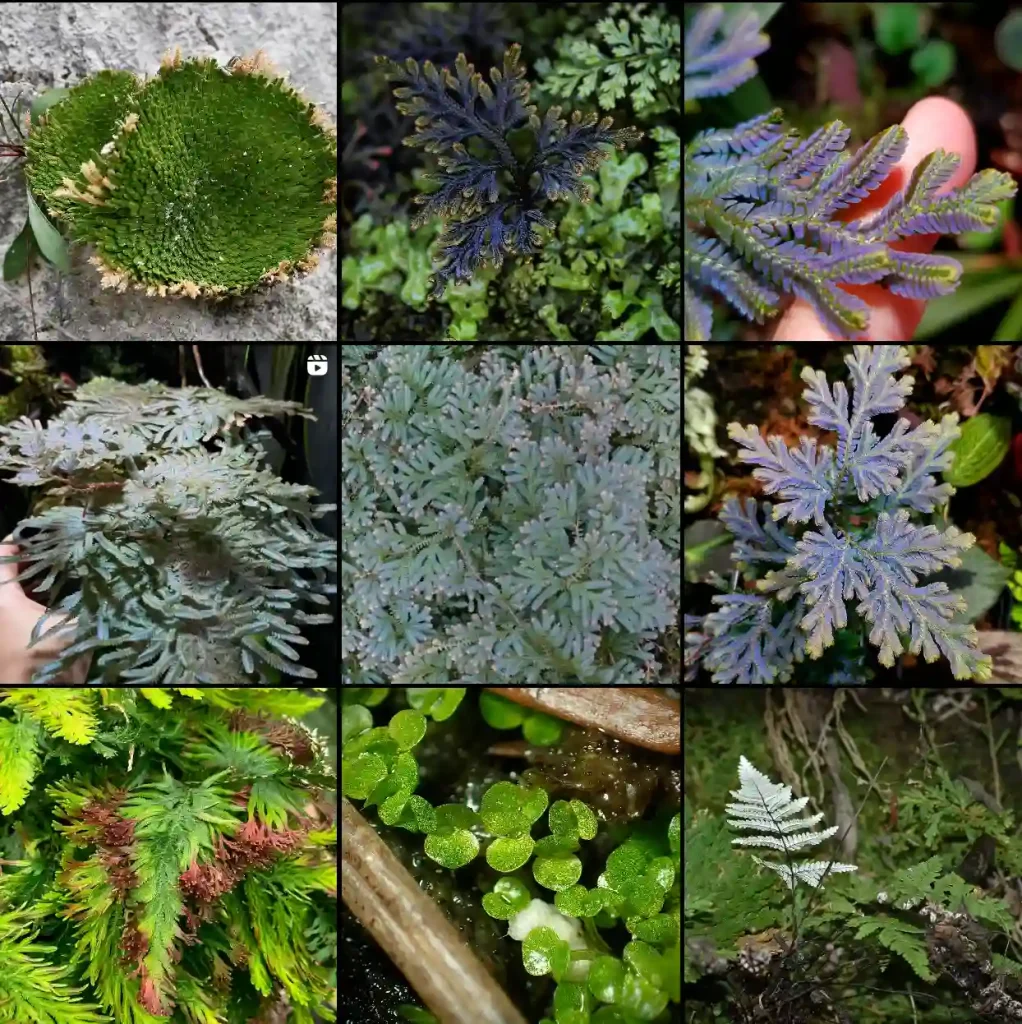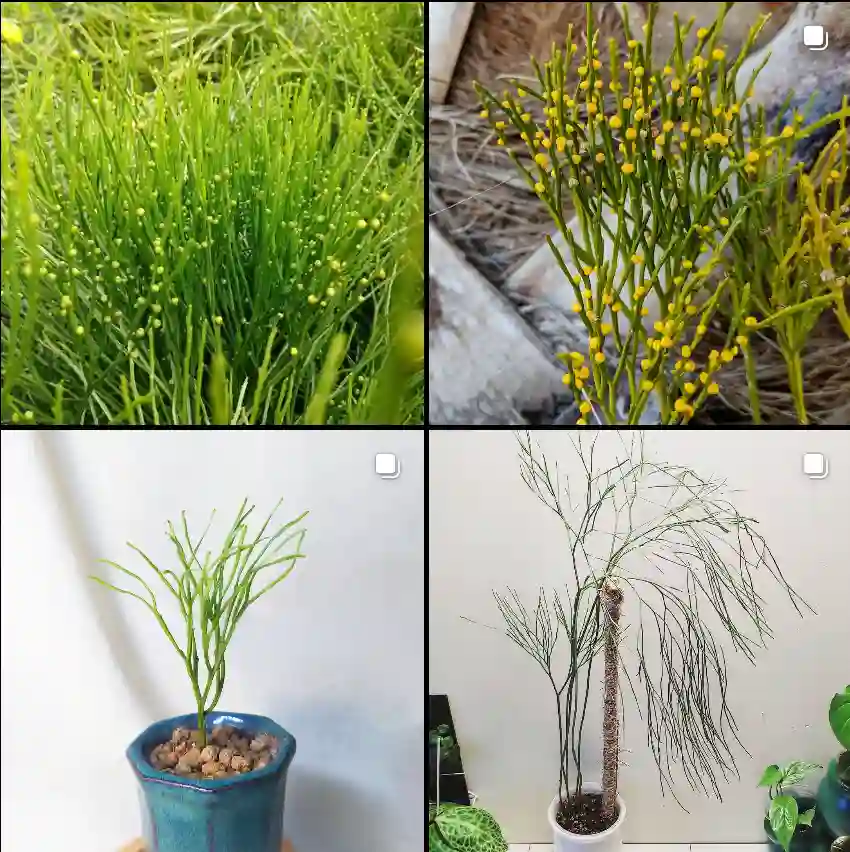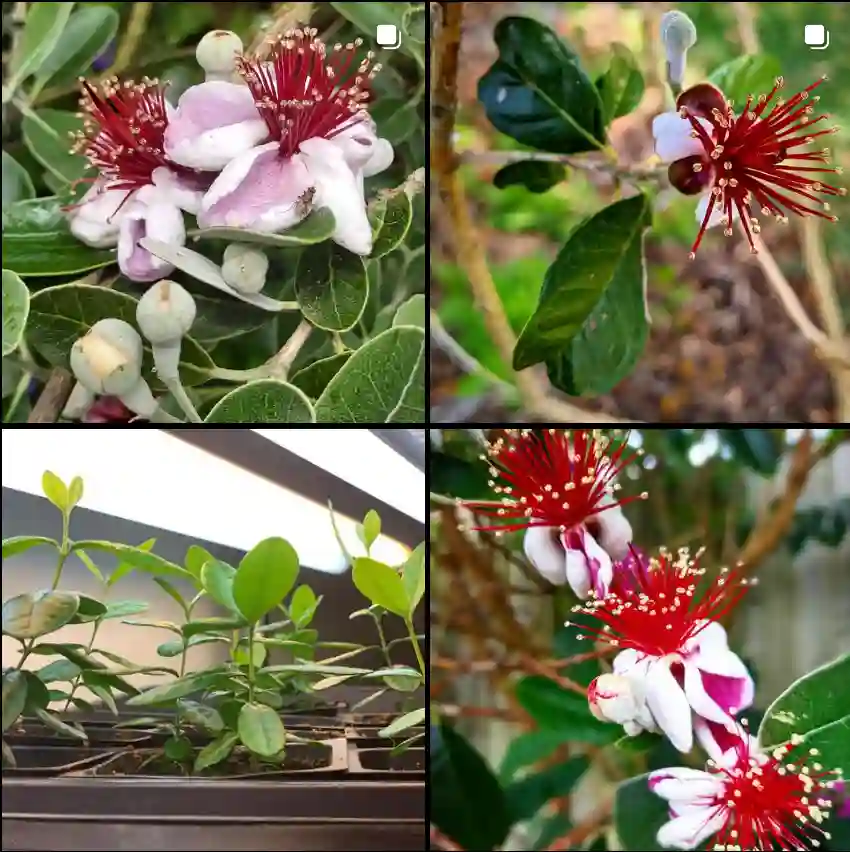
Campsis Radicans vs Bignonia Capreolata
When I compared Campsis radicans with Bignonia capreolata, I found the former to be more aggressive in its growth, often overtaking structures in my garden much faster than the latter.
Campsis Radicans vs Campsis Grandiflora
Between Campsis radicans and Campsis grandiflora, I noticed that Campsis grandiflora has larger, more vibrant flowers which made it a showstopper in my garden compared to the smaller, less dramatic blooms of Campsis radicans.
3 Species in Genus Campsis
Is Campsis radicans poisonous?
Campsis radicans, commonly known as trumpet vine, is not considered highly poisonous. However, it can cause skin irritation and allergic reactions in some people due to its sap. If ingested, it might cause mild gastrointestinal upset. It’s always best to handle the plant with care, wearing gloves if you have sensitive skin.
How to grow Campsis radicans?
Planting:
- Timing: Ideally, plant Campsis radicans in autumn (fall) or early spring when the plant is dormant.
- Location: Choose a sunny location that receives at least 6 full hours of sunlight daily. A sheltered spot is preferable to protect the plant from strong winds.
- Soil: Campsis radicans prefers moderately fertile, moist but well-drained soil. If your soil is heavy clay, amending it with compost or other organic matter can improve drainage.
Growing Methods:
- Seeds: This method is less common as germination can be slow and seedlings may take several years to mature and flower. However, if you choose this route, sow seeds indoors 6-8 weeks before the last frost. Use a well-draining seed starting mix and keep the soil moist but not soggy. Once seedlings have a few sets of true leaves, transplant them to individual pots or your desired outdoor location after hardening them off.
- Cuttings: This is the preferred and faster method of propagation. Take semi-ripe or hardwood cuttings in summer. Select healthy stems with a few nodes, remove the lower leaves, and dip the cut end in rooting hormone (optional). Plant the cuttings in a well-draining potting mix and keep the soil moist. New growth should appear in a few weeks. Once established, you can harden them off and transplant them to their permanent location outdoors.
Care:
- Watering: Water regularly, especially during the first growing season and hot, dry spells. Allow the top inch of soil to dry out slightly between waterings. Avoid overwatering, which can lead to root rot.
- Fertilizing: Apply a balanced fertilizer diluted to half strength once a month during the growing season (spring and summer) to encourage healthy growth and flowering.
- Support: Campsis radicans is a vigorous climber and will need a sturdy support structure like a trellis, fence, or wall. Train the vines to climb the support as they grow.
Pruning:
- Regular pruning is beneficial to maintain size and shape and promote flowering. Prune lightly after flowering to remove spent blooms and dead or diseased branches. You can also prune in late winter or early spring for more extensive shaping.
- Use sharp, sterilized pruning shears to make clean cuts.
Winter Care:
- Campsis radicans is generally winter hardy in zones 4-9. In colder climates, the plant might die back to the ground in winter but sprout new growth from the roots in spring.
Additional Tips:
- Deadheading spent blooms throughout the season can encourage further flowering.
- Watch out for common garden pests like aphids, mealybugs, and Japanese beetles. Insecticidal soap or neem oil solution can be used for control.
- Campsis radicans can be invasive in some areas. Check with your local authorities to see if there are any restrictions on planting it in your area.
How to propagate Campsis radicans?
Campsis radicans can be propagated by seeds, cuttings, or layering:
- Seeds: Collect seeds from pods in the fall. Plant them in the spring after a period of cold stratification.
- Cuttings: Take semi-hardwood cuttings in late summer. Dip the cut end in rooting hormone and plant in a pot with well-draining soil.
- Layering: Bend a low-growing stem to the ground and cover a section with soil, leaving the tip exposed. Once roots develop, cut the new plant from the parent and transplant.
When to plant Campsis radicans?
Plant Campsis radicans in the spring or fall when temperatures are mild. Spring planting allows the vine to establish itself before the heat of summer, while fall planting gives it time to root before winter.
Are Campsis radicans roots invasive?
Yes, the roots of Campsis radicans can be quite invasive. The plant spreads aggressively through root suckers and can take over garden areas if not managed. It’s best to plant it in a controlled area or use root barriers.
Can Campsis radicans be grown in a container?
Yes, Campsis radicans can be grown in a container. Use a large, sturdy pot with good drainage. This can help control its vigorous growth and prevent it from becoming invasive. Regular pruning and root maintenance are necessary to keep it manageable.
Can Campsis radicans be grown near other plants?
Campsis radicans can be grown near other plants, but caution is advised due to its aggressive growth habit. It can outcompete and overshadow nearby plants. Regular pruning and management are necessary to keep it in check.
Can I root a Campsis radicans in just water?
While some plants can root in water, Campsis radicans typically roots better in soil or a rooting medium. Semi-hardwood cuttings dipped in rooting hormone and planted in a soil mix generally have higher success rates than those rooted in water.
Can you grow Campsis radicans indoors?
Campsis radicans is not well-suited for indoor growing due to its vigorous growth and large size. It needs a lot of sunlight and space to climb, which is difficult to provide indoors. It is better suited to outdoor environments.
Can you overwinter Campsis radicans indoors?
Overwintering Campsis radicans indoors can be challenging due to its size and growth habit. If necessary, you can cut it back and keep it in a cool, bright location. Ensure it receives adequate light and water it sparingly to prevent root rot. It’s generally better to grow it as an outdoor plant and provide winter protection if needed.
If i die, water my plants!



